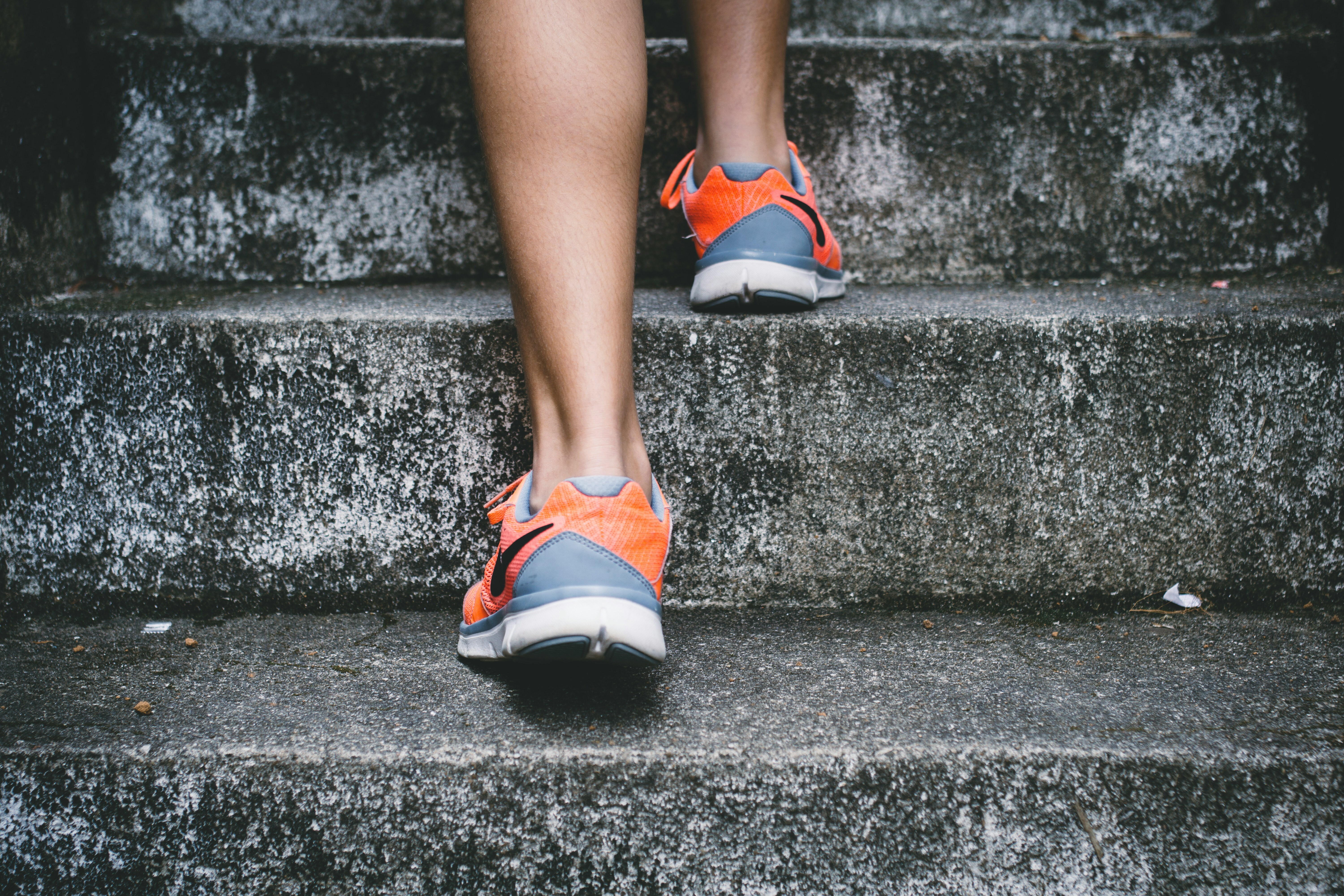
The secret to running far and fast is as much in the lungs as it is in the legs.
If you’ve got a runner friend, you’ve probably heard them banging on about their VO2 max ― something the University of California Davis Health describes as “the gold standard measure of aerobic fitness”.
This measures “the maximum rate of oxygen consumption measured during incremental exercise”, their site continues.
I’ve been slowly getting back into running and I think my VO2 max is rapidly improving.
But it wasn’t until I tried a military-style breathing pattern that I realised I could influence how much oxygen my body got outside of my lung capacity ― and went on to run my first half-marathon in years.
How does the military breathing technique work?
Most of us think of breathing as a one-in, one-out process (meaning you inhale for as long as you exhale).
But as former Navy SEAL and strength and conditioning specialist Stew Smith wrote for US military news and information site Military.com, this isn’t actually the best way to maximise your oxygen intake.
“Many experts will say that to oxygenate the muscles and clear the body of carbon dioxide fully, you should breathe a 3:2 inhale-to-exhale ratio; full inhales and full exhales,” he wrote.
“This means you inhale on the left, right, left foot strikes and exhale fully on the right, left foot strikes.”
That keeps your heart rate and lactic acid (which makes your muscles feel sore and hot during exercise) lower.
No wonder the American Lung Association likes the method, too.
“And instead of repeatedly inhaling and exhaling on the same foot, a 5-step running pattern can help spread that impact between the feet and reduce the stress on the bod,” they write.
“This technique may allow you to maximize your performance and reduce injuries and even side stitches.”
How do I start doing it?
I adapted the technique about three weeks ago and haven’t looked back since. But I’ll admit it was tough going for the first three days or so.
As Stew writes, your body may naturally want you to enter more of a 2:1 pattern when you’re pushing yourself more; this is okay for shorter bursts, but not so much for long runs.
It helped me to stare at my feet the first time I tried it, thinking the words “in, in, in, out, out,” as they struck the ground.
After a while, your body adapts to the rhythm.
In my case, the breathing technique made me realise just how many failed half-marathons and even 10k runs were down to my unnecessarily panicked panting.


